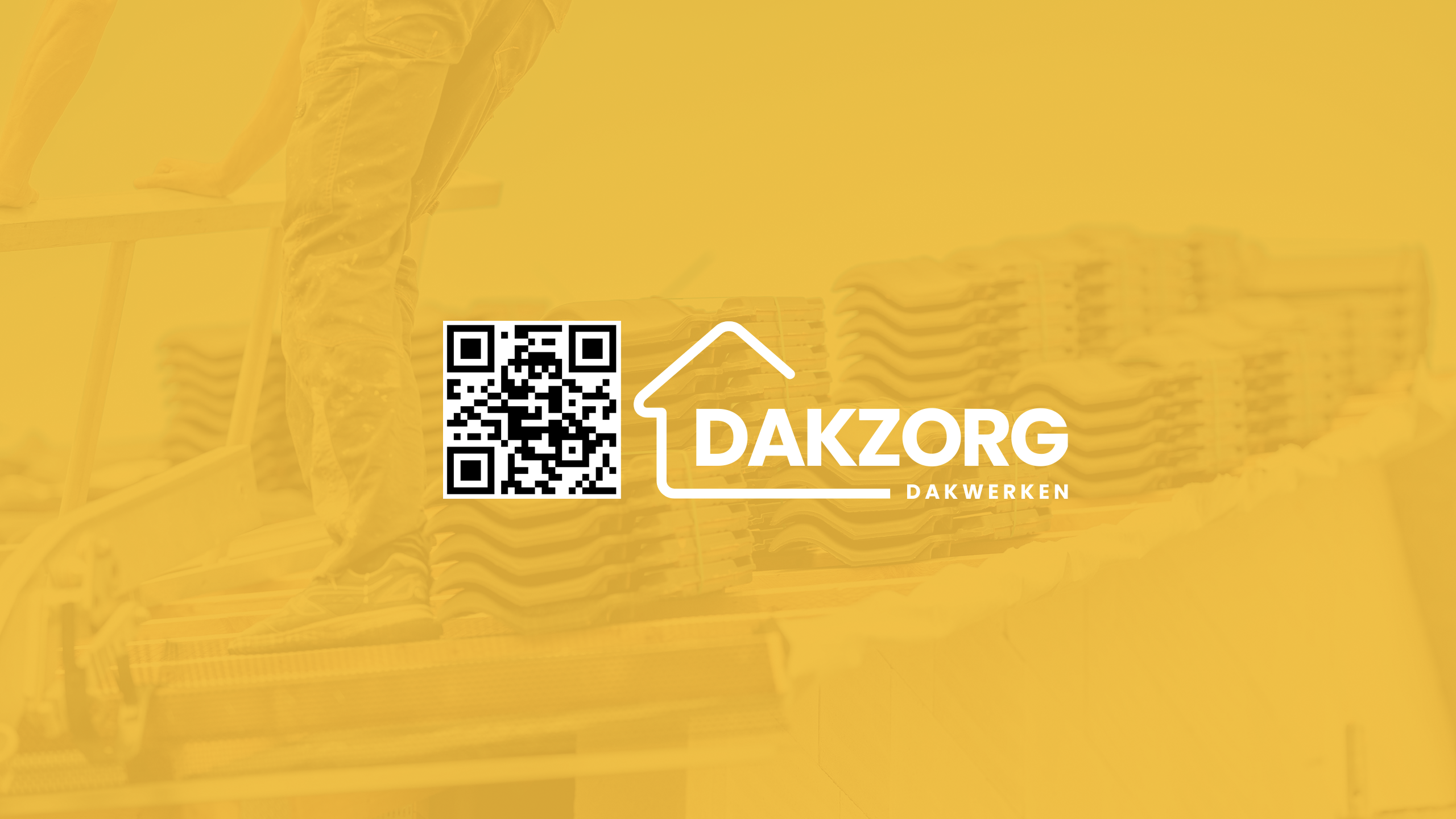Introduction
In the picturesque landscapes of the Netherlands, where windmills and tulip fields capture the eye, roofs play a pivotal role in protecting homes against the elements. However, like any other part of a home, roofs are not immune to roofing services Ede problems. Homeowners may find themselves grappling with various roofing issues that can compromise both safety and aesthetics. In this comprehensive guide, we will delve deep into Common Roofing Problems in the Netherlands and How to Fix Them. We'll explore everything from leaks and moss growth to improper installation and weather-related damages. So, whether you're a seasoned homeowner or new to the Dutch property scene, you’ll be equipped with valuable insights to maintain your roof effectively.
1. Common Roofing Problems in the Netherlands
1.1 The Impact of Dutch Weather on Roofs
The unique climate in the Netherlands poses specific challenges for roofing systems. With its characteristic rainy seasons, high winds, and occasional snowfalls, Dutch roofs must endure a lot. Understanding these conditions is crucial for identifying potential problems early on.
1.2 Leaks: The Silent Intruder
Leaking roofs are among the most common issues homeowners face. But why do they happen? Let's take a closer look at some contributing factors.
- Damaged Shingles: Wind and rain can loosen shingles over time. Clogged Gutters: Debris can accumulate, causing water to back up. Flashing Failures: Improperly installed or deteriorating flashing can lead to leaks.
How to Identify Roof Leaks
To spot leaks early:
- Check your ceilings for water stains. Look for damp patches on walls. Inspect the roof during heavy rainfall for visible dripping.
1.3 Moss Growth: A Hidden Hazard
Moss may add a rustic charm but can wreak havoc on roofing materials by trapping moisture.
Why is Moss Problematic?
- It retains water against shingles. It can cause shingle deterioration.
How to Combat Moss Growth
- Regularly clean your roof. Use moss treatments available at local hardware stores.
2. Improper Installation: A Recipe for Disaster
2.1 Signs of Poor Installation
From crooked tiles to uneven flashing, improper installation can lead to significant issues down the line.
What Are Some Indicators?
- Visible gaps between shingles. Uneven surface when viewed from ground level.
Fixing Installation Errors
If you suspect improper installation:
- Hire certified professionals for an inspection. Consider re-installation if necessary.
2.2 Choosing Quality Materials
Quality roofing materials can prevent many headaches later on.

Types of Roofing Materials Commonly Used
- Clay tiles Asphalt shingles Metal roofing
It's wise to consult local experts about which material suits your home best due to weather considerations.
3. Weathering: The Effects of Time
3.1 Natural Wear and Tear on Roofs
Over time, all roofs succumb to wear from weather elements including UV rays, wind erosion, and temperature fluctuations.
Life Expectancy of Various Roof Types
| Material | Average Lifespan | |------------------|------------------| | Asphalt Shingles | 15 - 30 years | | Metal Roofing | 40 - 70 years | | Clay Tiles | 50 - 100 years |
3.2 Strategies for Extending Roof Life
Proper maintenance can significantly extend your roof's lifespan.
Consider Regular Inspections
Annual inspections help catch small problems before they escalate.
4. Gutter Issues: More Than Just Aesthetics
4.1 Importance of Gutters in Roof Health
Gutters direct rainwater away from your home’s foundation—an essential function that prevents serious damage.
Common Gutter Problems Include:
- Clogs due to leaves and debris. Rust or corrosion over time.
4.2 How To Maintain Your Gutters Effectively
Regular cleaning is key!
![]()
Tips for Gutter Maintenance:
Clean gutters at least twice a year. Install gutter guards to minimize debris buildup. Check alignment regularly—ensure they slope towards downspouts!5. Structural Issues: When You Need More Than Repairs
5.1 Signs of Structural Damage
Sometimes roofing problems signal deeper issues within your home’s structure:
What should you look out for?
- Sagging areas on the roof. Visible cracks or gaps in walls near the roofline.
5.2 When Is It Time To Call an Expert?
If structural problems are suspected:
- Get a professional assessment immediately!
FAQ Section
FAQ 1: What are some common signs that my roof needs repair?
Signs include leaks inside your home, missing shingles, sagging areas, and visible mold or moss growth on the surface.
FAQ 2: How often should I inspect my roof?
It’s recommended to conduct an inspection at least once a year and after major storms or high winds!
FAQ 3: Can I fix roof leaks myself?
While minor repairs might be manageable with proper guidance, significant leaks should always be handled by professionals!
FAQ 4: What type of roofing material is best suited for Dutch weather?
Metal roofing performs well under varied conditions; however, clay tiles are also popular due to their durability against moisture.
FAQ 5: Is moss harmful to my roof?
Yes! It traps moisture against shingles which could lead to deterioration over time if not addressed promptly.
FAQ 6: How do I choose a reliable roofing contractor?
Look for licensed professionals with good reviews from previous clients and ensure they provide warranties on their work!
![]()
Conclusion
In conclusion, understanding Common Roofing Problems in the Netherlands and How to Fix Them is crucial for maintaining both safety and aesthetics in your home environment. From leaks caused by harsh weather conditions to moss growth that may seem innocuous but poses significant risks—being proactive about maintenance will save you money down the line and keep your home secure from potential damage as it ages gracefully amidst changing seasons in this beautiful country!
So next time you see something odd about your roof—or even just want peace of mind—don’t hesitate! Keep it well-maintained because after all…a stitch in time saves nine!